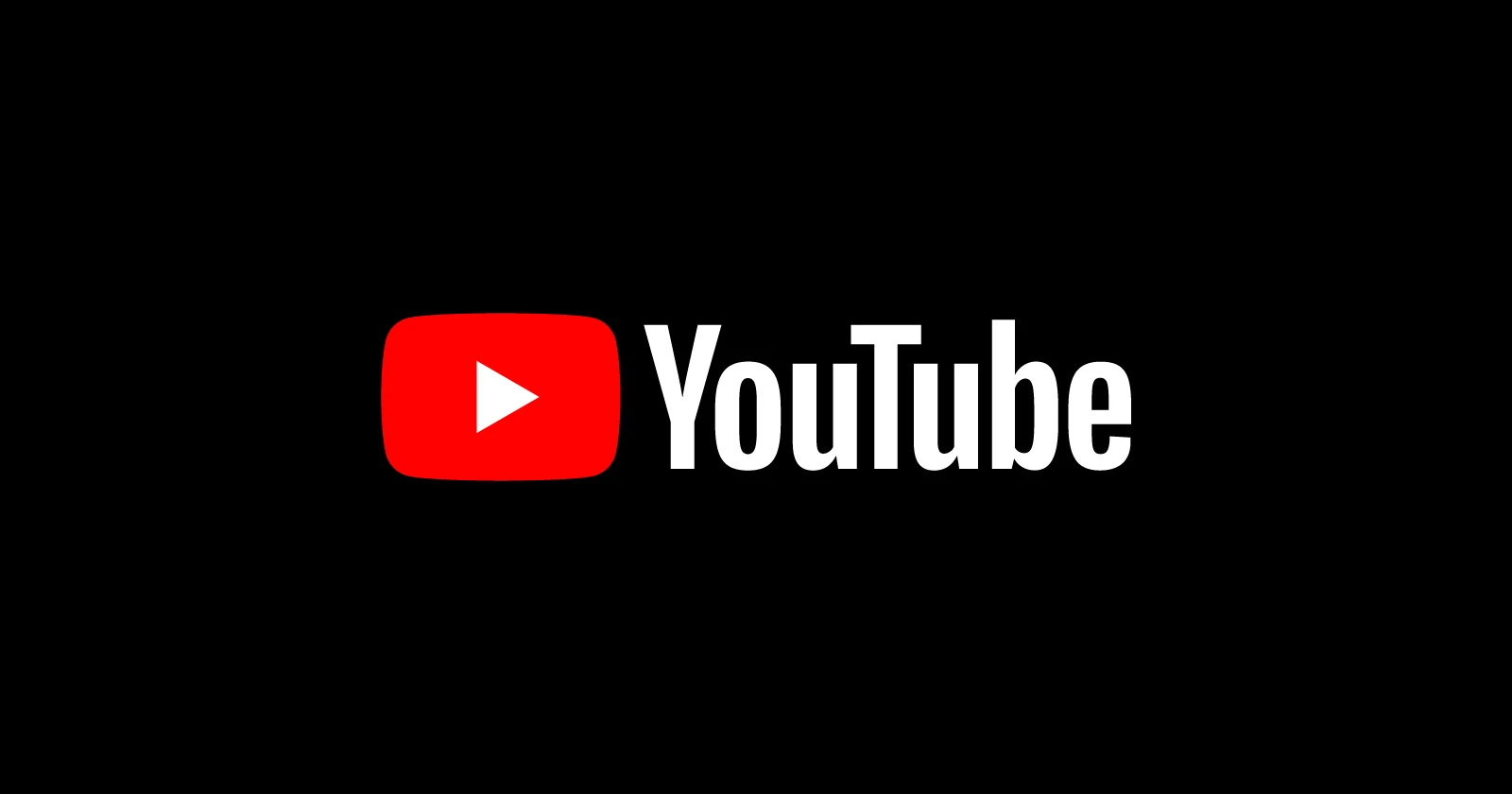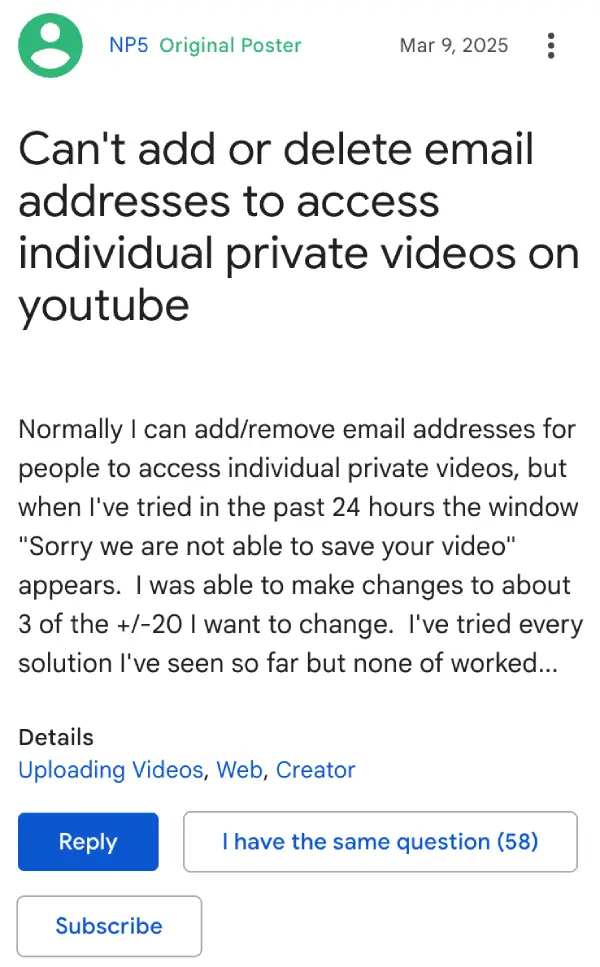Some YouTube users are finding themselves bumping against an unexpected new restriction. People who rely on the platform’s private video sharing feature have recently discovered they can no longer share their content with as many people as they used to. The change appears to limit the number of email addresses that can be granted access to a single private video.
Over the past few weeks, reports have surfaced on Google’s support forums. Users are expressing confusion and frustration after hitting an error message when trying to add more viewers beyond a certain point. While YouTube’s official documentation explains how to share private videos, it doesn’t specify a maximum number of email addresses. Historically, users believed the limit was 50, and some even managed to share with hundreds. Now, the ceiling seems to be much lower.
One individual commented on a support thread, “For many years until Just a week or more ago I was able to add more than 300 users, now the limit is 32 only”. They also noted that videos previously shared with more than 32 people could no longer be edited. Another user confirmed through testing, “…the limit is now restricted to 32 email addresses. I have tested this across both my personal Gmail and Google Workspace (G Suite) accounts…”
This unannounced change is causing significant disruption, particularly for educators and businesses who use private videos to share exclusive content with clients or students. The user also added, “I have more than 32 clients who need access to my videos, and this restriction is creating a challenge.” The lack of official communication from YouTube is amplifying the frustration.
So, why would YouTube implement this restriction without an announcement? While the company hasn’t provided a reason, the timing might offer a clue. Recently, a phishing scam targeted YouTube creators using a private video. Scammers sent emails pretending to be from YouTube CEO Neal Mohan, inviting creators to view a private video about monetization policy changes. Clicking the link led to malware installation or credential theft. The use of a private video made the scam feel more exclusive and believable.
Reducing the number of people a private video can be shared with could be a move by YouTube to limit the potential reach of such scams. If a malicious actor can only share a private phishing video with 32 emails instead of hundreds, it significantly curtails the scam’s effectiveness. It acts as a form of damage control, albeit one that negatively impacts legitimate users of the feature.
For now, some users have resorted to uploading duplicate videos to reach larger audiences, an inefficient workaround. Until YouTube clarifies the situation or updates its official policy, the exact reason for the lowered limit and whether it’s permanent remain speculative, though the connection to combating recent scams seems plausible.
TechIssuesToday primarily focuses on publishing 'breaking' or 'exclusive' tech news. This means, we are usually the first news website on the whole Internet to highlight the topics we cover daily. So far, our stories have been picked up by many mainstream technology publications like The Verge, Macrumors, Forbes, etc. To know more, head here.




